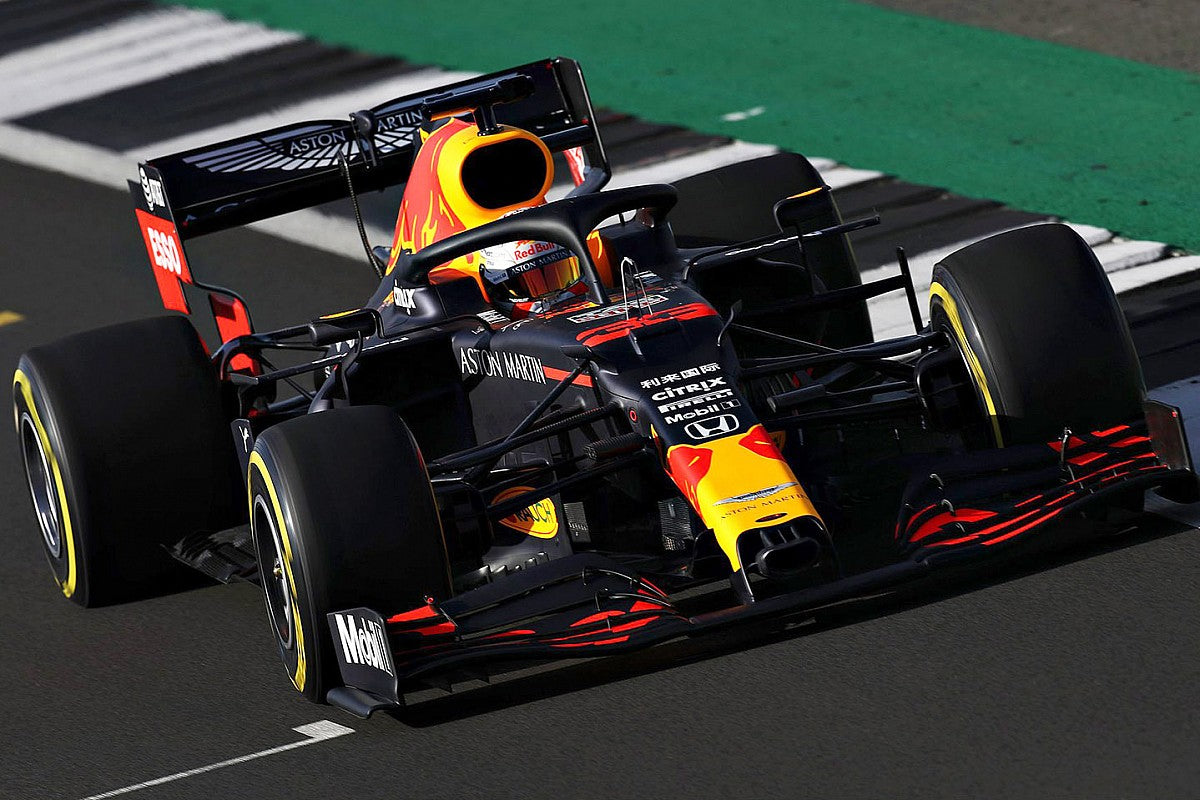As the Formula 1 circus rolls into Mexico City for another thrilling Grand Prix weekend, anticipation is electrifying both paddock and grandstands. The atmosphere around the Autódromo Hermanos Rodríguez is unique in the calendar—altitude, culture, and a passionate fanbase combine to deliver a spectacle like no other. This year, the Mexican Grand Prix promises not just the expected drama but also vital developments in the championship, set against the vibrant backdrop of this bustling metropolis.
Montreal-born Sergio “Checo” Pérez is the undisputed hero here, and the whole city seems bathed in Red Bull blue and vibrant Mexican flags. It’s always a carnival, but 2024’s build-up feels even more spirited as local fans rally in hopes of a home victory, further encouraged by Checo’s recent strong performances. But while the crowd’s gaze is fixed on their idol, the paddock’s attention is split between weather conditions, team upgrades, and the fiercely tight mid-field battles redefining the narrative this season.
One of the unique challenges of racing in Mexico City is the track's altitude, sitting over 2,200 meters above sea level. This high altitude means thinner air—which causes complications for both human and machine. Cars run with Monza-level wings for just enough downforce, yet still slip through the thin air with reduced drag. Cooling becomes a critical issue for both engines and brakes, amplifying reliability risks. Teams have thus devoted countless simulator hours and wind tunnel studies to perfecting their Mexican setups and strategies.
Last year’s race showed how vital it is to manage tyre degradation in Mexico. The varying temperatures and abrasive surface make tyre choices critical. This season, the tyre compounds selected are softer, further complicating team strategies. Expect a fascinating game of chess as race engineers and strategists try to outwit rivals with undercuts and overcuts, hoping to launch their drivers up the order. Red Bull, with their historical strength in tyre management, may have the edge, but Ferrari and Mercedes have been closing the gap and brought bespoke upgrades to better handle the circuit’s quirks.
Away from the technical intricacies, the city itself is woven into the heart of the event. Mexico City’s “Foro Sol” stadium section, where grandstands wrap around the circuit, creates a football-like roar as cars thread their way through the crowd. For drivers, entering this amphitheater of noise is one of Formula 1’s most unforgettable sensations. For fans—especially those decked head-to-toe in Checo merchandise—it’s a chance to send a wave of support surging through their local hero and the rest of the field.
The championship fight is delicately poised, with both titles still mathematically open. Eyes are on McLaren and Aston Martin, who’ve both shown flashes of brilliance, yet must prove their consistency. Lando Norris and Fernando Alonso, notorious for aggressive starts, could spring surprises, while Mercedes’ George Russell and Lewis Hamilton look to capitalize on any Red Bull missteps. Behind the scenes, contract talks and next year’s driver market stealthily heat up; every session is a chance for those with uncertain futures to prove their worth in the international theater of Formula 1.
Mexican Grand Prix Thursdays mean more than just press conferences and technical briefings—it’s a festival. Fans create murals and artwork on-site, the smell of street tacos wafts over the paddock, and mariachi bands help drivers forget the mounting pressure, if only for a moment.
As the sun sets on the capital city, teams complete their final checks while mechanics work deep into the night. There’s promise in the air—of speed, unpredictability, and another entrée into the rich legacy of Mexican motorsport. Whatever happens on Sunday, one thing’s for sure: Formula 1’s heartbeat pounds loudly here, in a city where racing is religion and every overtaking maneuver brings the crowd to its feet.



















































































































































































































































































































































































































































































































